
views
Classifying Triangles by Sides
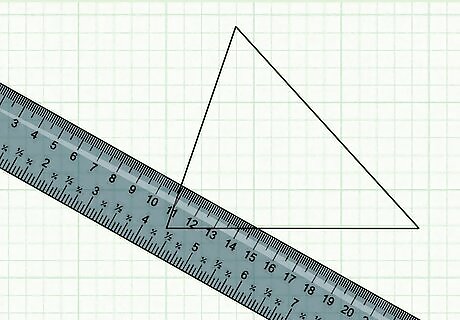
Measure each side of the 3 sides of the triangle using a ruler.
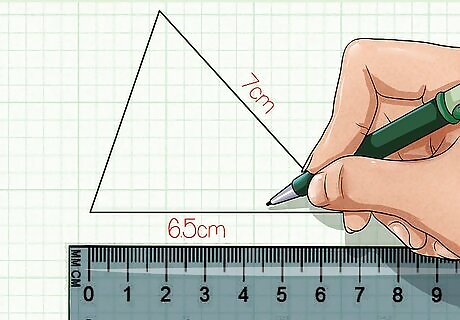
Place the ruler at the end of each line segment of the 3 lines in the triangle and measure to the opposite endpoint of each line.
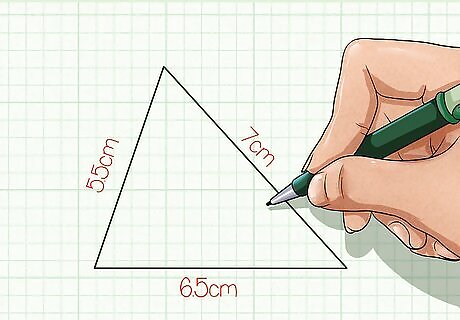
Make note of the measurement for each of the 3 triangle sides.
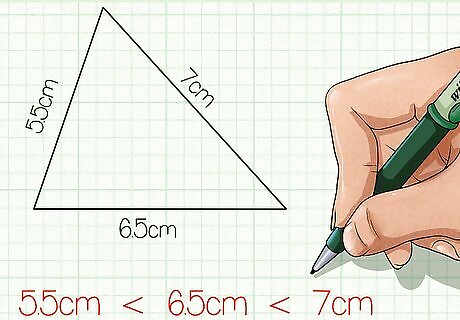
Determine how the 3 sides compare in length. Inspect to see if some lines are longer than others in length and if any of the lines are equal in length.

Place the triangle into a category based on the comparison that you concluded about 3 line segment lengths of the shape. A triangle with at least 2 congruent, equal, sides falls into the category of isosceles. A triangle with all 3 congruent sides will be classified as equilateral. A triangle with no congruent sides is labeled as scalene.
Classifying a Triangle by Angles
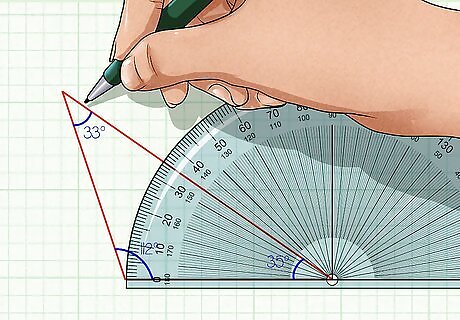
Use a protractor to measure each of the 3 interior angles of the given triangle.
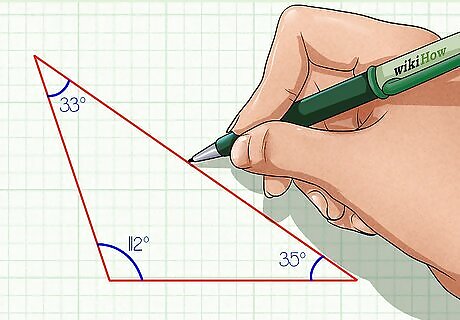
Record the measurement of each angle in degrees. The 3 angles inside a triangle will always have a sum of 180 degrees.
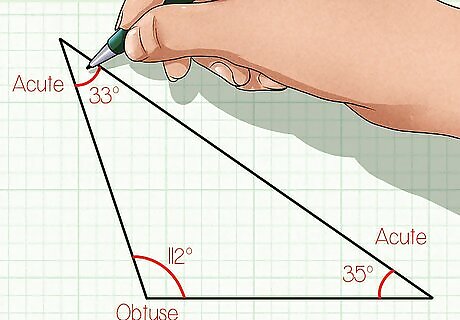
Distinguish if the angles are right, acute or obtuse according to their measurements.

Classify the triangle according to the measurement and the type of angles. Name the triangle as an obtuse triangle if any of the angles are greater than 90 degrees. An obtuse triangle will only have 1 obtuse angle. Classify the triangle as a right triangle if the triangle possess a right angle of 90 degrees. A right triangle will only have 1 right angle. Categorize the triangle as acute if all 3 of its angles are less than 90 degrees. Determine that the triangle is equilateral if all 3 of its angles, (which would have to be acute), are congruent. In an equilateral triangle, all 3 of the angles will be 60 degrees, because the sum of the 3 interior angles in a triangle is always 180 degrees.




















Comments
0 comment